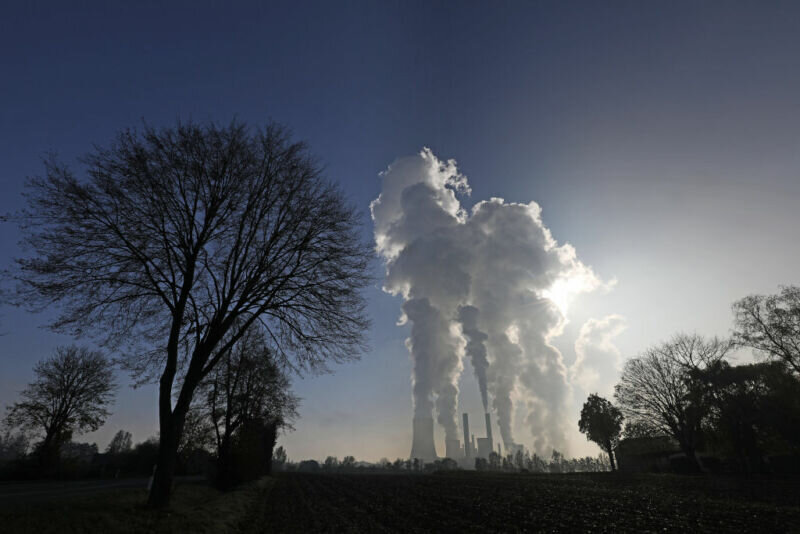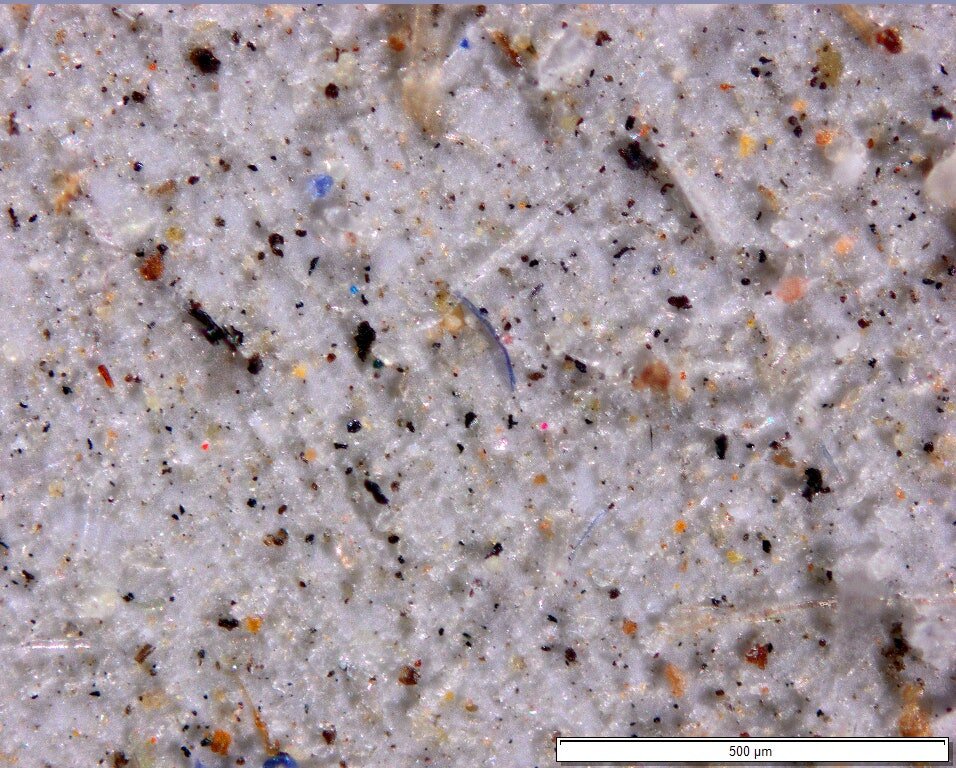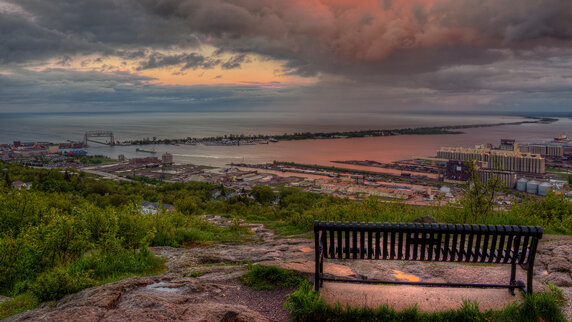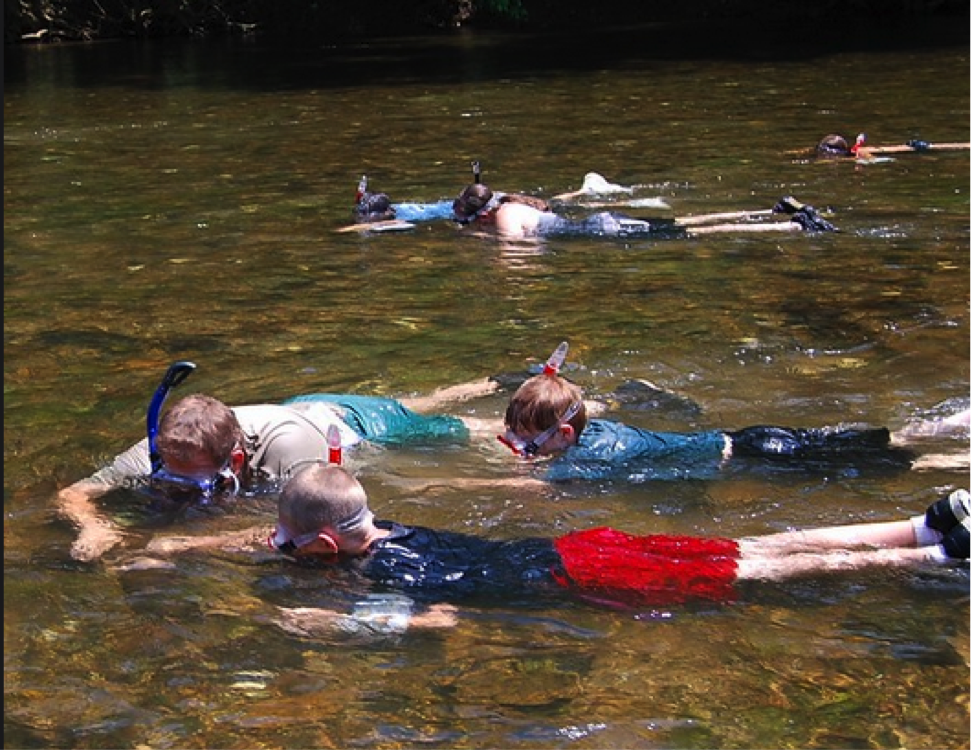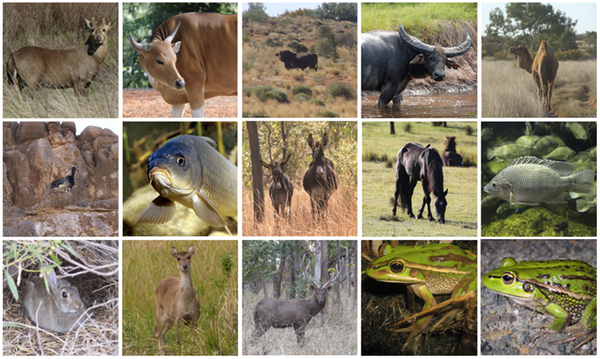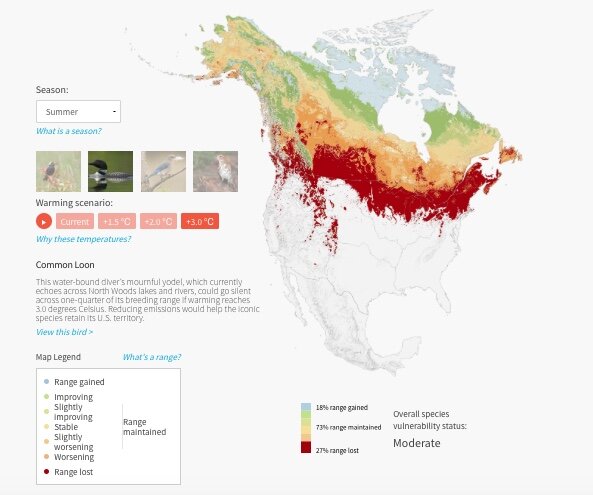It is a great honor to receive this award. It was exciting to be nominated, and we are delighted to have been chosen for the best paper award! The Lake and Reservoir Management journal is a high quality outlet for lake management science, and we’ve come to appreciate your hard work and the dedication of the Editorial Board.
The award-winning article summarized our research on predicting lake water quality and an economic analysis of a set of actions to improve and protect lake water quality. Our results were not intuitive. For Minnesota lakes, we concluded that to best meet the Clean Water Act’s goals of restoring degraded waters and protecting waters (i.e., the anti-degradation clause) that Minnesota should invest a greater share of funds for lake protection, less on those already impaired. The primary focus on impaired lakes results in considerable forgone benefit (~80%) and substantially higher costs. We predicted a 6X greater return on investment by protecting high quality lakes than focusing on impaired lakes. Currently, only about 20% of the Minnesota’s Clean Water Fund competitive grants go toward protecting unimpaired high quality lakes at risk. We suggest that policy makers reevaluate the distribution of those funds and that they consider investing a greater percentage to protect lakes at risk before they become impaired.
